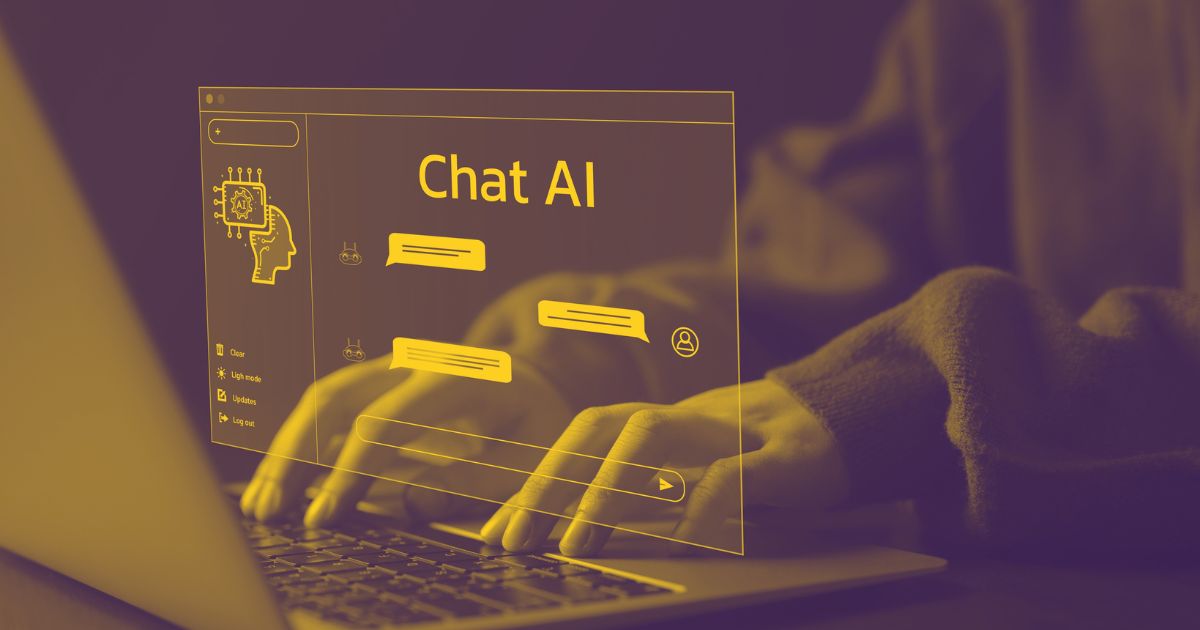Dissemination Of Education: Bridging Gaps And Breaking Barriers

- April 17, 2023
- 2121
Education is a fundamental human right and a cornerstone for the development of any society. Dissemination of education refers to the process by which knowledge, information, and skills are transmitted and made accessible to a wider audience. This process plays a crucial role in ensuring equitable access to quality education and fostering social and economic growth. This article explores various aspects of disseminating education, including challenges, methods employed, and the importance of embracing technology and innovative strategies to create a more inclusive educational landscape.
- Challenges in the Dissemination of Education
Access to quality education remains a global challenge, particularly in developing countries. Key issues that hinder the effective dissemination of education include:
a. Socio-economic disparities: Income inequality and social stratification can limit educational opportunities for disadvantaged groups, contributing to a persistent digital divide and perpetuating cycles of poverty.
b. Geographical barriers: Rural and remote communities often lack sufficient educational infrastructure, leading to limited access to quality education and resources.
c. Gender inequality: Social and cultural norms can discourage female participation in education, especially in regions where traditional gender roles are deeply entrenched.
d. Linguistic diversity: The use of a single dominant language in education systems may marginalize speakers of minority languages, impeding their access to knowledge and information.
e. Political instability and conflict: War and civil unrest can disrupt education systems, forcing schools to close and displacing students and teachers.
- Methods for Disseminating Education
To address these challenges and improve access to quality education, a range of methods and strategies have been employed:
a. Community-based education initiatives: Local organizations and NGOs can establish informal education centers and mobile schools to provide education in remote or underserved areas.
b. Public-private partnerships: Collaborations between government institutions and private sector entities can help finance and support educational infrastructure and resource development.
c. Multilingual education: Implementing multilingual education policies can help preserve linguistic diversity and ensure that minority language speakers have equitable access to education.
d. Gender-sensitive curricula: Developing gender-responsive educational content can help to address gender stereotypes and promote the participation of girls in education.
e. Emergency education: In conflict-affected areas, temporary learning spaces and tailored education programs can help maintain access to education for displaced students.
- The Role of Technology and Innovation
Advances in technology and innovative approaches to education can play a vital role in expanding access and improving the quality of education:
a. E-learning and digital platforms: Online learning platforms, mobile applications, and digital resources can help bridge the digital divide and provide access to quality education for a larger audience.
b. Massive Open Online Courses (MOOCs): MOOCs offer free or low-cost access to high-quality courses from prestigious universities, enabling students from diverse backgrounds to gain valuable knowledge and skills.
c. Adaptive learning tools: Personalized learning software can tailor educational content to individual learners' needs, ensuring that students receive targeted support and feedback.
d. Virtual and augmented reality: Immersive learning experiences can enhance student engagement and improve knowledge retention.
e. Open educational resources (OER): Freely available, high-quality educational materials can help lower the cost of education and increase the availability of learning resources.
Conclusion
The dissemination of education is a complex and multifaceted process. Overcoming barriers to equitable access and quality education requires the concerted efforts of governments, NGOs, educators, and communities. The integration of technology and innovative teaching strategies can help bridge gaps, break down barriers, and ensure that education becomes a truly inclusive force for social and economic development. By investing in the dissemination of education, we can empower individuals, strengthen communities, and build a more prosperous and just world for all.





